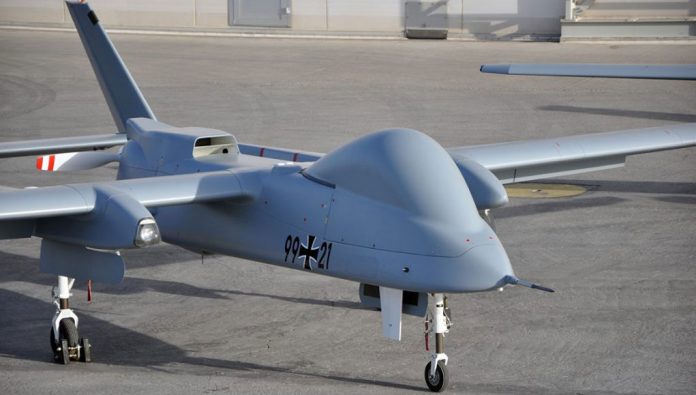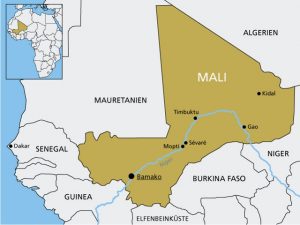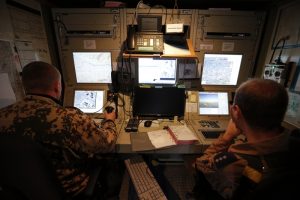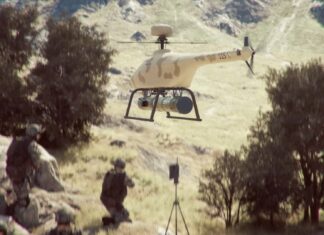

At the beginning of July 2016, Germany has taken over responsibility for the intelligence unit in Mali, previously operated by Dutch forces. The Dutch unit operated the smaller and lighter Boeing/Insitu Scan Eagle Unmanned Aerial Systems (UAS) for such missions. As part of the intelligence operations, drones are often used to secure the perimeter of the UN MINUSMA mission. The German forces will be able to cover much larger areas and conduct missions for more than 24 hours, using Heron 1 drones. The UN attention is focused mainly on the North-Eastern Gao region.
The area of operation – north of Mali – is more than twice the size of Germany, what requires the deployment of effective means of surveillance, with long endurance and high area capacity. Based on the extremely positive experience made in Afghanistan, the German forces opted to deploy Heron 1 Unmanned Aerial Systems (UAS) to Mali. Airbus Defense and Space announced yesterday it had signed a contract with the German Defence Procurement Agency (BAAInBw) to provide such surveillance drones in support of the Bundeswehr mission in Mali.
The detachment to Mali will consist of three Heron 1 UAVs equipped with satellite datalink and electro-optical and infrared sensors. Two containerized ground control units will support the operation, providing mission planning, remote control during takeoff, mission flight and landing. The GCS will also provide the facility for sensor control and data exploitation, in support of local peacekeeping forces.

“A major success factor for this new assignment is our experience gained in more than 2,300 missions over Afghanistan, ” said Thomas Reinartz, Head of Sales for unmanned aerial systems at Airbus. “There we have proven our reliability to the full satisfaction of our customer – with a fleet availability higher than 95 percent.”
The United Nations (UN) Multidimensional Integrated Stabilization Mission in Mali (MINUSMA) mission was established by the UN Security Council resolution 2100 of 25 April 2013 to support political processes in Mali, as the Central African country was torn by rebel forces strengthened by extremists fleeing from Libya. MINUSMA was assigned with security and stabilization related tasks, protecting civilians and support the transitional authorities of Mali in the stabilization of the country and implementation of the transitional roadmap.
By leasing more Herons, rather than committing its drones, the Bundeswehr maintains the high availability and operational flexibility of its drone fleet, regarding contract duration. Moreover, the leased units are fully compatible and interoperable within NATO. Other Heron I systems are already in use by the French Air Force, operating in Mali since the beginning of Operation Serval in January 2013.
The extension of the Heron 1 operational model is paving the way also for the next drone generation – Heron TP – already selected by the Germans as their future Medium Altitude, Long Endurance (MALE) unmanned aerial system. Heron TP will succeed the Heron 1 and bridge the timeframe until a European drone development will be available.



















